Story Structure
Structure in your story is like the frame of a house. It both holds it together and gives it shape.
Sometimes we creative types don’t appreciate the word structure. We may view it as something to stifle our imagination. However, structure doesn’t need to bind you, and it can be an essential tool in creating a fast-paced page-turner.
The most common over-all story form is the three-act structure, made simply of beginning, middle, and end. There’s plenty to learn about the elements of those three acts, but I’d like to concentrate today on the chapter-size structure of scene and sequel.
The Scene
The scene also has three elements: goal, conflict, and disaster. Write your scenes as though it were acted out on stage. Not a telling of what happened, but acted out before the reader’s eyes.
Goal: Just as your story needed to start with a goal, your scene also needs to begin with one. Fairly early in the scene, we need to know the goal or purpose the main character has. It needs to be something specific and obtainable. For example, “gaining wealth” is general. “Asking the boss for a raise” is specific.
Conflict: Your character must encounter conflict on his way to reach his goal. If Jim’s goal is to ask the boss for a raise and the boss says “yes”, then the scene is over. Boring. If Jim experiences inner conflict or actual roadblocks, then he must fight his way through, and we’ll cheer him on.
Remember, conflict is not simply bickering or misunderstanding. It’s the struggle against something and opposition where the outcome is in doubt.
Disaster: Again if you character reaches the goal, the scene falls flat. If it ends in disaster, we turn the page and wonder what he’ll do next and how did he react to the disaster.
The Sequel
A reaction scene usually follows the disaster. Many writers refer to this as a sequel. It also has three parts: reaction, dilemma, and decision.
Reaction: At first, the main character is reeling from the disaster of the previous scene. He’ll react emotionally about how he felt and how he messed up.
Dilemma: Next he will begin to think more rationally about his problem. Give him new worries here, something additional to fret about. Have him consider his options now.
Decision: Finally, he’ll come to a conclusion and make a new decision. This new decision becomes his goal in the next scene.
A Sequence of Scenes and Sequels Sets the Pace
An understanding of the sequence of scene and sequel will help with the pacing of your story. If you need to speed it up, keep the sequel short, maybe tack it briefly on the end of the scene. Or you could open with a brief sequel, and go directly into the goal of the next scene.
If your story becomes breathless with too much action, the reader may need time to slow down. You can do this with a longer sequel.
The understanding of the structure of scene and sequel doesn’t need to bind you as a hard and fast rule, but it may be just the tip you need to turn your story into a page-turner.
Lesson
- Look through the story you are writing to see if you’ve written a scene or sequel. Does it have the three elements from our lesson?
Select a chapter from one of your favorite books. Can you spot either scene or sequel elements?
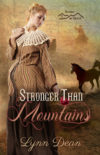
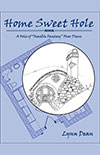
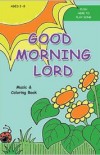
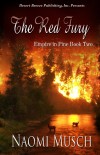
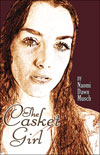
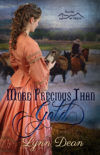
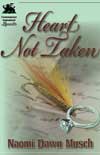

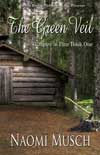

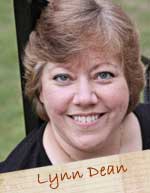


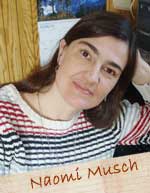

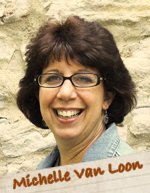
Speak Your Mind
You must be logged in to post a comment.